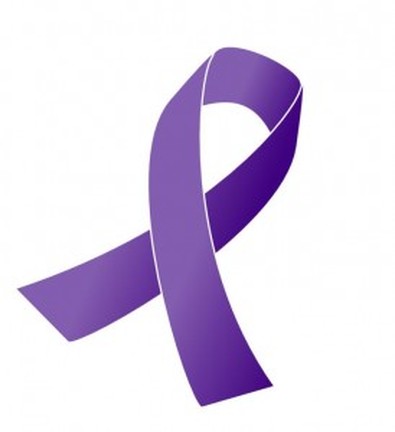Epilepsy: What it means to be 1 in 26

November 26, 2017
You’re walking with your friend, until suddenly, they collapse onto the ground, unconscious, and immediately their body starts to flail and contract. They throw up, lose their bladder, and shake violently; they completely lose control over everything in their body. In this scenario, it’s not what’s happening to your friend that’s terrifying, it’s that these exact things could happen to you.
Epilepsy is the most common, chronic brain disorder that causes unprovoked seizures and can affect anyone. It doesn’t matter your age, gender, race, ethnicity, religion, or fitness level. Epileptics look just like everyone else.
Just because you have a seizure doesn’t necessarily mean you’re going to be diagnosed with epilepsy. One in 26 Americans will develop epilepsy or have a seizure at some point within their life. You, or someone you know, could become a statistic.
Not all seizures involve someone falling on the ground and convulsing, however. There are actually six different types of seizures: absence, myoclonic, clonic, tonic, tonic-clonic, and atonic. Absence seizures are usually mistaken for daydreaming or staring, and they are more common in little kids. Tonic-Clonic, also called Grand Mal, are the most well known seizures where one falls to the ground and shakes.
There are several causes to seizures, the most common being heredity, a brain injury, or tumor and trauma, but most are unknown. To check for epilepsy, doctors can do blood tests, CT scans (computerized tomography), EEGs (electroencephalogram), or MRIs (Magnetic Resonance Imaging).
Medication and surgery can usually help make things less complicated and severe for an epileptic. So far there is no cure for epilepsy, but treatment can make a difference.
Most people that are diagnosed with epilepsy don’t have it their whole life. Those that have seizures as kids will most likely grow out of it by the time they’re teenagers or adults. Anyone can be diagnosed at any point in their life, but it’s most rare for kids ages 3 to 5 to show signs or be diagnosed.
I was diagnosed with epilepsy at the ripe age of four. The disorder runs in my family, and my mom luckily noticed my symptoms of absence seizures because one of her sisters had them growing up.
As a kid, I took medicine for my absence seizures for over six years. I vividly remember my childhood drinking a lot of cherry-flavored medicine (Ethosuximide aka “Zarontin”) three times a day and staying up really late the night before having an EEG. I wasn’t really aware of what condition I had or how it affected me. It was a little hard to make friends because some kids would see me go into the nurse’s office every day and thought it was weird. All I knew was that there was something different about me.
On October 10, 2017, it was official: I no longer can call myself an epileptic. I remember getting on the bus to go home, and I saw a text from my mom saying that my childhood doctor has confirmed that I no longer have epilepsy. I still have side effects though. For example, I can’t do anything if there’s bright or flashing lights involved. Even if I won’t have a seizure, my head and eyes will hurt so bad that I can’t see, causing a panic attacks, and resulting in having to leave the room. Sadly, that happened at the homecoming dance earlier this year.
Epilepsy changes your life, whether it happens to you or someone you care about.
(Disclaimer: November is National Epilepsy Awareness Month and this is written from my own knowledge and experience.)
______________________________________________________________________
Some facts about epilepsy are listed below.
- The awareness ribbon color for epilepsy is purple.
- March 26th is an epilepsy awareness holiday known as “Purple Day.”
- 65 million people on earth have epilepsy (2.5 to 3 million in the US).
- Prince, Lil Wayne, and Theodore Roosevelt all had epilepsy.
- 1 in 100 Americans will have a seizure during their life.
(Sources: Healthline.com & Epilepsy.com)




Alina smith • Jul 12, 2018 at 4:10 am
Nice article its very helpfull thanks for sharing
For more articles you can also check that site https://thefitnessdiets.com